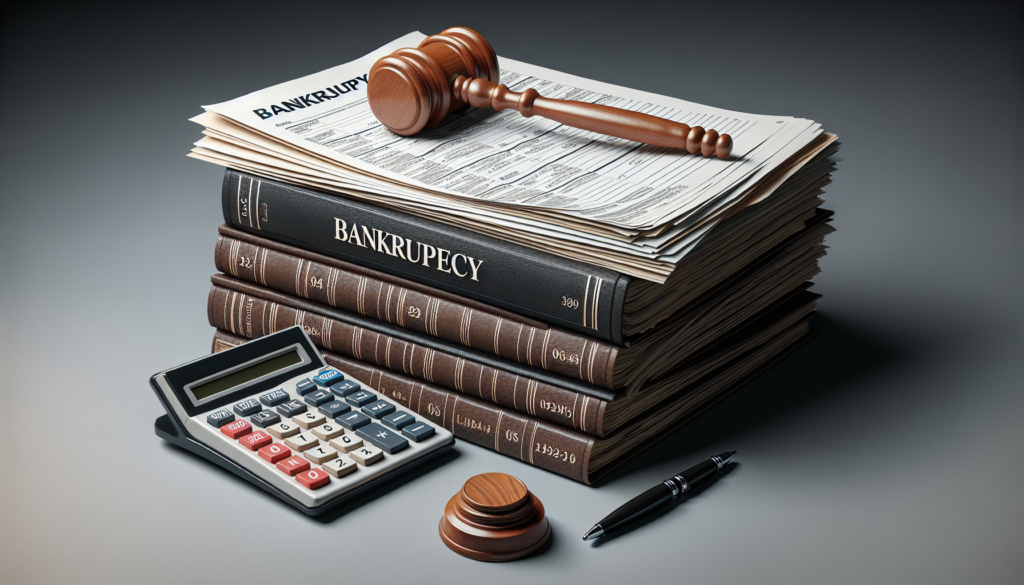
Starting the bankruptcy process involves several critical steps, designed to ensure that you make informed decisions and properly navigate the legal complexities. Whether you’re considering Chapter 7, Chapter 13, or another form of bankruptcy, following a structured approach can help you manage the process more effectively. Here’s the best way to start the bankruptcy process:
- Assess Your Financial Situation
- Review Your Debts: Understand the types and amounts of debt you owe. Determine which debts are causing the most strain on your finances.
- Analyze Your Income and Expenses: Create a detailed list of your monthly income and expenses. This will help in assessing your ability to repay debts and in determining eligibility for different bankruptcy chapters.
- Understand the Different Types of Bankruptcy
- Research Bankruptcy Chapters: Familiarize yourself with the different chapters of bankruptcy (primarily Chapter 7 and Chapter 13 for individuals) to understand which might be most appropriate for your situation.
- Consider the Consequences: Each type of bankruptcy has different implications for your debts, assets, and future creditworthiness.
- Gather Necessary Documentation
- Financial Records: Compile financial documents, including tax returns, pay stubs, bank statements, loan documents, and information on all debts and assets. This documentation will be crucial for your bankruptcy filing and required counseling sessions.
- Complete Credit Counseling
- Mandatory Counseling: Before you can file for bankruptcy, you must complete a credit counseling session with an agency approved by the U.S. Trustee Program. This session must occur within 180 days before filing.
- Consult with a Bankruptcy Attorney
- Legal Advice: While it’s possible to file for bankruptcy on your own (pro se), consulting with a bankruptcy attorney can provide valuable insights and guidance. An attorney can help determine the best chapter under which to file, navigate the legal requirements, and anticipate potential challenges.
- Initial Consultation: Many bankruptcy attorneys offer free or low-cost initial consultations. Use this opportunity to discuss your situation and understand your legal options.
- Decide Whether to File
- Consider Alternatives: Based on your financial assessment and legal consultation, decide if bankruptcy is the best solution or if alternatives like debt consolidation, negotiation with creditors, or a debt management plan might be viable.
- Prepare Your Bankruptcy Petition
- Filing Documentation: If you decide to proceed with bankruptcy, you (or your attorney) will need to prepare and file a petition and other required forms with the bankruptcy court. These documents detail your financial situation, including assets, debts, income, and expenses.
- Complete Debtor Education Course
- Post-Filing Requirement: After filing for bankruptcy but before debts are discharged, you must complete a debtor education course from an approved provider.
- Attend the 341 Meeting of Creditors
- Meeting Requirement: Several weeks after filing, you’ll be required to attend a meeting of creditors, where the trustee and any interested creditors can ask questions about your finances and the information provided in your bankruptcy filing.
- Follow Through with Bankruptcy Requirements
- Chapter 7: If filing under Chapter 7, follow the trustee’s instructions regarding asset liquidation, if applicable.
- Chapter 13: If filing under Chapter 13, begin making payments according to your court-approved repayment plan.
Starting the bankruptcy process is a significant financial decision requiring careful consideration and preparation. By thoroughly assessing your financial situation, understanding the implications of different bankruptcy chapters, and seeking professional legal advice, you can navigate the process more effectively and make informed decisions about your financial future.

Get a Free Bankruptcy Case Evaluation